Home>Furniture>Bedroom Furniture>How To Fix A Wobbly Bed Frame
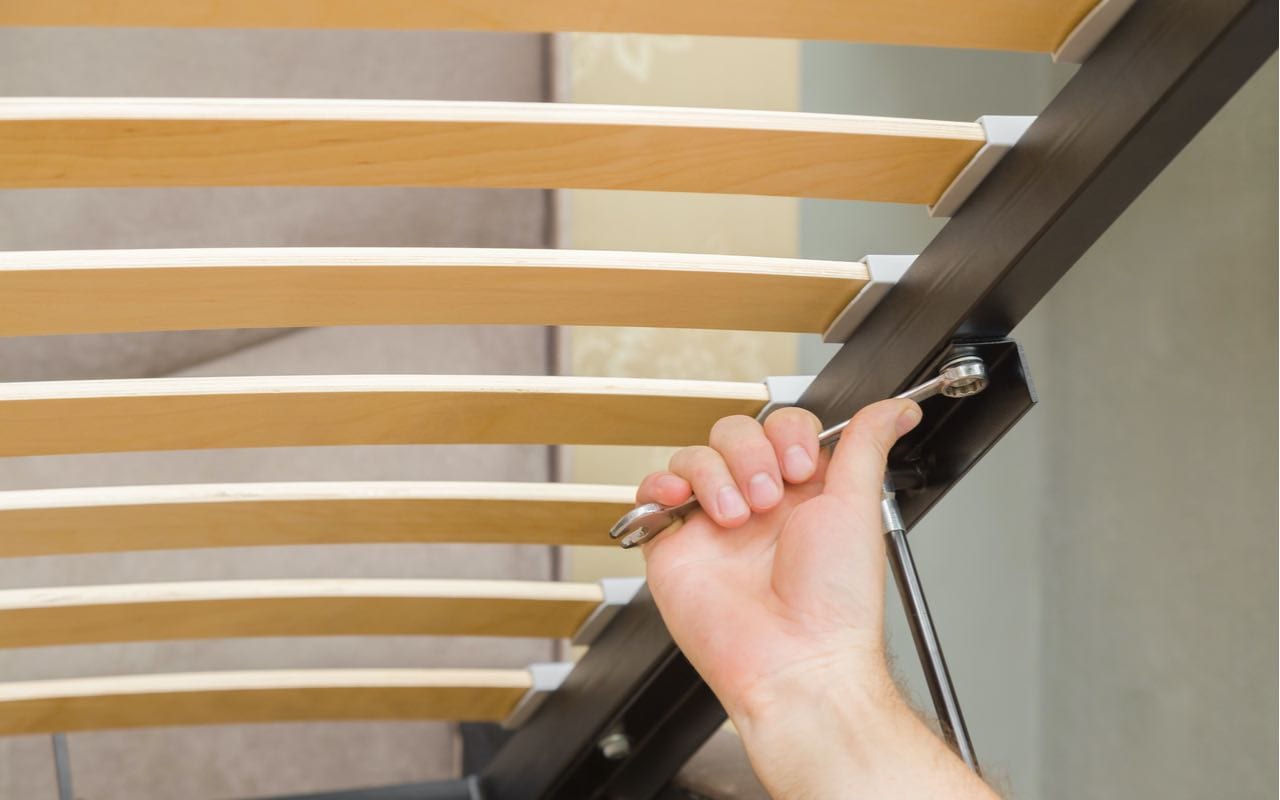

Bedroom Furniture
How To Fix A Wobbly Bed Frame
Modified: February 23, 2024
Learn how to easily fix a wobbly bed frame with our simple step-by-step guide. Update your bedroom furniture and enjoy a sturdy and stable sleep experience.
(Many of the links in this article redirect to a specific reviewed product. Your purchase of these products through affiliate links helps to generate commission for Storables.com, at no extra cost. Learn more)
Introduction
There’s nothing quite as frustrating as a wobbly bed frame. It not only affects your sleep quality, but it can also be a safety hazard. Fortunately, fixing a wobbly bed frame doesn’t have to be a daunting task. With a little know-how and some simple tools, you can stabilize and secure your bed frame, ensuring a restful and safe night’s sleep.
In this article, we’ll guide you through the steps to fix a wobbly bed frame. From identifying the cause of the wobbling to implementing solutions, you’ll be equipped with the knowledge and techniques necessary to address the issue and restore stability to your bed.
Before we dive into the steps, it’s important to note that the approach may vary depending on the type of bed frame you have. Some frames may have specific mechanisms or features that require additional attention. However, the general principles we’ll discuss here can be applied to most common bed frames.
So, let’s get started and say goodbye to that pesky wobble!
Key Takeaways:
- Regularly assess your bed frame for loose screws, damaged joints, and uneven weight distribution to identify the root cause of wobbling. Tighten, reinforce, and adjust components as needed to restore stability and ensure a restful sleep.
- If wobbling persists, consider evaluating the condition of your mattress and foundation, and explore the use of bed frame braces for additional support. Don’t hesitate to seek professional assistance if needed to achieve a secure and stable bed frame.
Read more: How To Fix A Wobbly Dresser
Step 1: Assess the Cause of the Wobbling
The first step in fixing a wobbly bed frame is to identify the root cause of the problem. Examining the frame closely will help you determine the specific areas that need attention.
Start by removing the mattress and any bedding from the frame. This will give you a clear view of the frame’s structure and make it easier to identify the source of the wobbling.
Inspect the frame for any visible damage, such as cracks, splits, or loose components. Pay close attention to the corners, joints, and connection points where the frame pieces meet. Loose or damaged screws, bolts, or connectors can often be the culprits behind a wobbly bed frame.
If you notice any visible damage or loose hardware, make a note of it. This will be addressed in more detail in the subsequent steps.
Additionally, consider the age and overall condition of your bed frame. Over time, wear and tear can cause joints to loosen or weaken, leading to instability. If you have an older frame, it may require more extensive repairs or even replacement to restore stability.
Another factor to consider is the weight distribution on the bed frame. Are there any noticeable imbalances or areas where more weight is causing uneven pressure? Uneven weight distribution can put strain on certain sections of the frame, leading to wobbling.
By thoroughly assessing the cause of the wobbling, you’ll gain a better understanding of what needs to be addressed and how to proceed with the necessary repairs or adjustments.
Step 2: Tighten Loose Screws and Bolts
One of the most common causes of a wobbly bed frame is loose screws and bolts. Over time, the constant movement and weight placed on the frame can cause these fasteners to become loose, compromising the stability of the bed.
Start by equipping yourself with a screwdriver or wrench, depending on the type of fasteners used in your bed frame. Begin examining each corner of the frame, checking for any visible signs of loose screws or bolts.
If you notice any screws or bolts that are not fully tightened, use your tool to tighten them securely. Be sure not to overtighten, as this can cause damage to the frame or strip the threads. A snug fit is sufficient to secure the fasteners and stabilize the bed frame.
While tightening the visible fasteners, it’s also a good idea to check the rest of the frame for any additional loose screws or bolts. Run your hand along the frame, applying gentle pressure to identify any areas that may have wiggling or movement.
If you find any loose screws or bolts during this inspection, tighten them promptly to minimize any potential wobbling.
If you encounter any damaged or stripped screws or bolts, it may be necessary to replace them. Head to your local hardware store with the damaged fastener to ensure you purchase the correct size and type as a replacement. Replace the damaged fasteners and ensure they are securely tightened to provide optimal stability.
Tightening loose screws and bolts is a simple yet effective way to address the wobbling issue in your bed frame. However, keep in mind that tightening alone may not solve the problem if there are underlying structural issues. In the next step, we’ll discuss reinforcing the bed frame’s joints to provide additional stability.
Step 3: Reinforce the Bed Frame’s Joints
If tightening the screws and bolts did not fully resolve the wobbling issue, reinforcing the bed frame’s joints is the next step to consider. Reinforcing the joints will help to strengthen the frame and prevent any further movement or instability.
Start by examining the joints of the bed frame where the frame pieces meet. These joints may include corners, support beams, or other connecting points.
If you notice any visible signs of weakness or movement in these joints, reinforcement is necessary. One effective method is to use metal brackets or corner braces to secure the joints.
Measure the dimensions of the joints and choose the appropriate size of corner braces or metal brackets. Place the bracket on the inside corner of the joint and mark the screw hole positions.
Pre-drill small pilot holes on the marked positions using a drill bit slightly smaller than the screws you will use.
Position the metal brackets back on the joint and attach them securely with wood screws. Make sure the screws are driven in fully, but be cautious not to overtighten and damage the wood.
Repeat this process for all the weak joints in the bed frame, ensuring that each joint is reinforced with the appropriate brackets or corner braces.
Another method to reinforce the joints is by using wood glue. Apply a generous amount of wood glue to the joints and use clamps to hold the pieces together until the glue dries. Wood glue is an effective adhesive that helps to strengthen and stabilize the joints.
Reinforcing the bed frame’s joints will provide added strength and stability, reducing any wobbling or movement. However, if the wobbling persists, move on to the next step to further stabilize the bed.
Step 4: Use Shims or Wedges to Stabilize the Bed
If your bed frame still exhibits wobbling after reinforcing the joints, using shims or wedges can help stabilize it. Shims and wedges are small, flat pieces typically made from wood or plastic that can be inserted between the frame components to eliminate any gaps or unevenness.
To begin, remove the mattress and box spring from the bed frame to gain access to the frame’s support areas.
Examine the gap between the support beams or slats and the frame’s side rails. If you notice any significant gaps that contribute to the wobbling, you will want to fill those gaps with shims or wedges.
Before inserting the shims or wedges, it’s essential to ensure they are of the appropriate size. Trim them down if necessary to achieve a proper fit.
Slide the shim or wedge into the gap, applying gentle pressure until it fits snugly and eliminates any space. Repeat this process for any other noticeable gaps along the frame.
If you have a platform bed without slats, you can use shims or wedges between the mattress support and the frame itself to provide stability and prevent movement.
Once the shims or wedges are in place, carefully reposition the mattress and box spring back onto the bed frame.
The shims or wedges will help distribute weight evenly across the frame and eliminate any excess movement, thereby stabilizing the bed.
Using shims or wedges is a simple yet effective method to address minor gaps and unevenness in the bed frame. If necessary, move on to the next step to assess and adjust the support legs.
Check all the screws and bolts on the bed frame to ensure they are tightened properly. If any are loose, use a screwdriver or wrench to tighten them. If the frame is still wobbly, consider adding additional support legs or braces to stabilize it.
Read more: How To Fix A Bent Bed Frame
Step 5: Adjust or Replace Support Legs
If your bed frame continues to wobble even after trying the previous steps, the issue may lie with the support legs. Support legs are responsible for bearing the weight of the bed and maintaining its stability.
Start by examining the support legs of the bed frame. Check for any visible signs of damage, such as cracks, bends, or loose attachments.
If the legs appear damaged, it is recommended to replace them with new ones. Measure the height and diameter of the existing legs to ensure the replacement legs are compatible with your bed frame. Remove the old legs and install the new ones, securing them tightly to provide adequate support.
If the legs are not damaged, they may simply need to be adjusted to ensure a stable foundation. Begin by checking if the legs are securely attached to the frame. Use a wrench or a suitable tool to tighten any loose attachments.
Next, check the height and levelness of the legs. Uneven or mismatched legs can contribute to wobbling. Adjust the height of the legs accordingly to ensure all four corners of the bed frame are level.
Once the legs are adjusted and tightened, test the bed frame for stability by applying gentle pressure from different angles. If you notice any residual wobbling, consider using bed frame risers to provide extra support and stability.
Bed frame risers are typically plastic or metal supports that can be placed under the bed legs to raise the overall height of the frame and improve stability. Ensure the risers are securely attached to the legs to prevent any shifting or movement.
By adjusting or replacing the support legs, you can significantly enhance the stability of your bed frame. However, if the wobbling persists, it may be necessary to assess the condition of your mattress and foundation.
Step 6: Check the Mattress and Foundation
If your bed frame still wobbles after completing the previous steps, it’s important to assess the condition of your mattress and foundation. An uneven or worn-out mattress, as well as a weak or damaged foundation, can contribute to instability and wobbling.
Start by removing the mattress from the bed frame and thoroughly inspecting it. Look for any signs of sagging, lumps, or visible damage. An old or worn-out mattress may lack adequate support, causing the bed frame to become unstable.
If you notice any significant issues with your mattress, it may be time to consider replacing it. Look for a mattress that provides proper support and matches the size and dimensions of your bed frame.
Along with the mattress, evaluate the foundation or box spring. Check for any sagging or broken slats, loose connections, or weak supports. A compromised foundation can undermine the stability of the entire bed frame.
If you find any problems with the foundation, it may be necessary to repair or replace it. Reinforce weak areas, replace broken slats, or invest in a new foundation that provides sturdy support for your mattress.
Once you have assessed and addressed any issues with the mattress and foundation, carefully place the mattress back onto the bed frame.
By ensuring the mattress and foundation are in good condition, you provide a solid base for your bed frame, helping to eliminate wobbling and instability.
If, even after checking the mattress and foundation, your bed frame still wobbles, consider implementing additional support measures such as bed frame braces.
Step 7: Consider Using Bed Frame Braces
If you’ve exhausted all the previous steps and your bed frame still exhibits wobbling, it may be beneficial to consider using bed frame braces. Bed frame braces are additional support structures that can be installed to reinforce the frame and minimize movement.
Start by identifying the areas of the bed frame that require additional support. These areas are typically where the frame pieces connect, such as the corners, joints, or middle support beams.
Purchase bed frame braces that are compatible with your bed frame and the specific areas that need reinforcement. These braces are typically made of metal and come in various shapes and sizes.
Once you have the braces, carefully position them in the identified areas of the bed frame. Follow the manufacturer’s instructions for proper placement and installation.
Using screws or bolts, securely attach the braces to the frame, ensuring they are tightly fastened. Take care not to over-tighten and damage the frame or the braces themselves.
Bed frame braces can provide added stability and prevent wobbling by reinforcing the weak areas of the frame. They distribute the weight more evenly and reduce any excess movement or shift.
After installing the bed frame braces, carefully test the stability of your bed frame by applying gentle pressure from different angles. If the braces have been properly installed, you should notice a significant improvement in the stability and reduction of wobbling.
If, after all the steps and using bed frame braces, you still experience wobbling, it may be best to consult a professional or consider replacing the bed frame altogether.
By considering and implementing bed frame braces, you can effectively address the issue of wobbling and achieve a sturdy and stable bed frame.
Conclusion
Fixing a wobbly bed frame is essential for ensuring a comfortable and safe sleep environment. By following the steps outlined in this guide, you can easily address the issue and restore stability to your bed.
Start by assessing the cause of the wobbling and tighten any loose screws and bolts. If necessary, reinforce the bed frame joints with metal brackets or wood glue. Use shims or wedges to fill gaps and unevenness in the frame, and adjust or replace support legs to provide proper stability.
If the wobbling persists, check the condition of your mattress and foundation. Replace any worn-out components to create a solid base for your bed frame.
Consider using bed frame braces as an additional support measure if all else fails. These braces can reinforce weak areas and minimize movement.
Remember, a stable and secure bed frame not only enhances your sleep quality but also reduces the risk of accidents or injuries.
If you encounter challenges or feel unsure about making the repairs yourself, don’t hesitate to seek professional assistance. They will have the expertise and tools necessary to address the issue effectively.
Now that you have the knowledge and steps to fix a wobbly bed frame, it’s time to put them into practice. Say goodbye to that annoying wobble and enjoy a restful night’s sleep in your stable and secure bed.
Frequently Asked Questions about How To Fix A Wobbly Bed Frame
Was this page helpful?
At Storables.com, we guarantee accurate and reliable information. Our content, validated by Expert Board Contributors, is crafted following stringent Editorial Policies. We're committed to providing you with well-researched, expert-backed insights for all your informational needs.
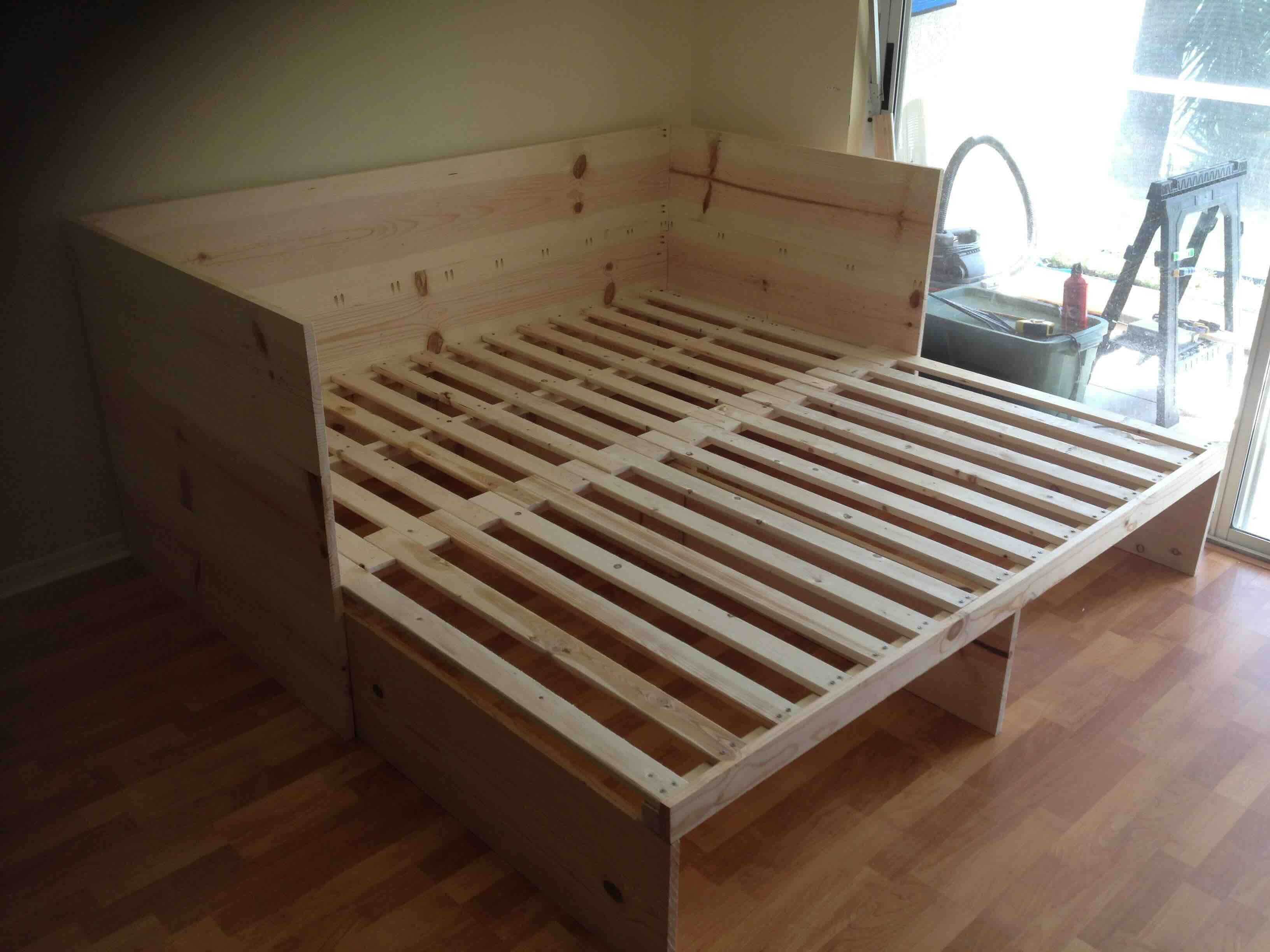

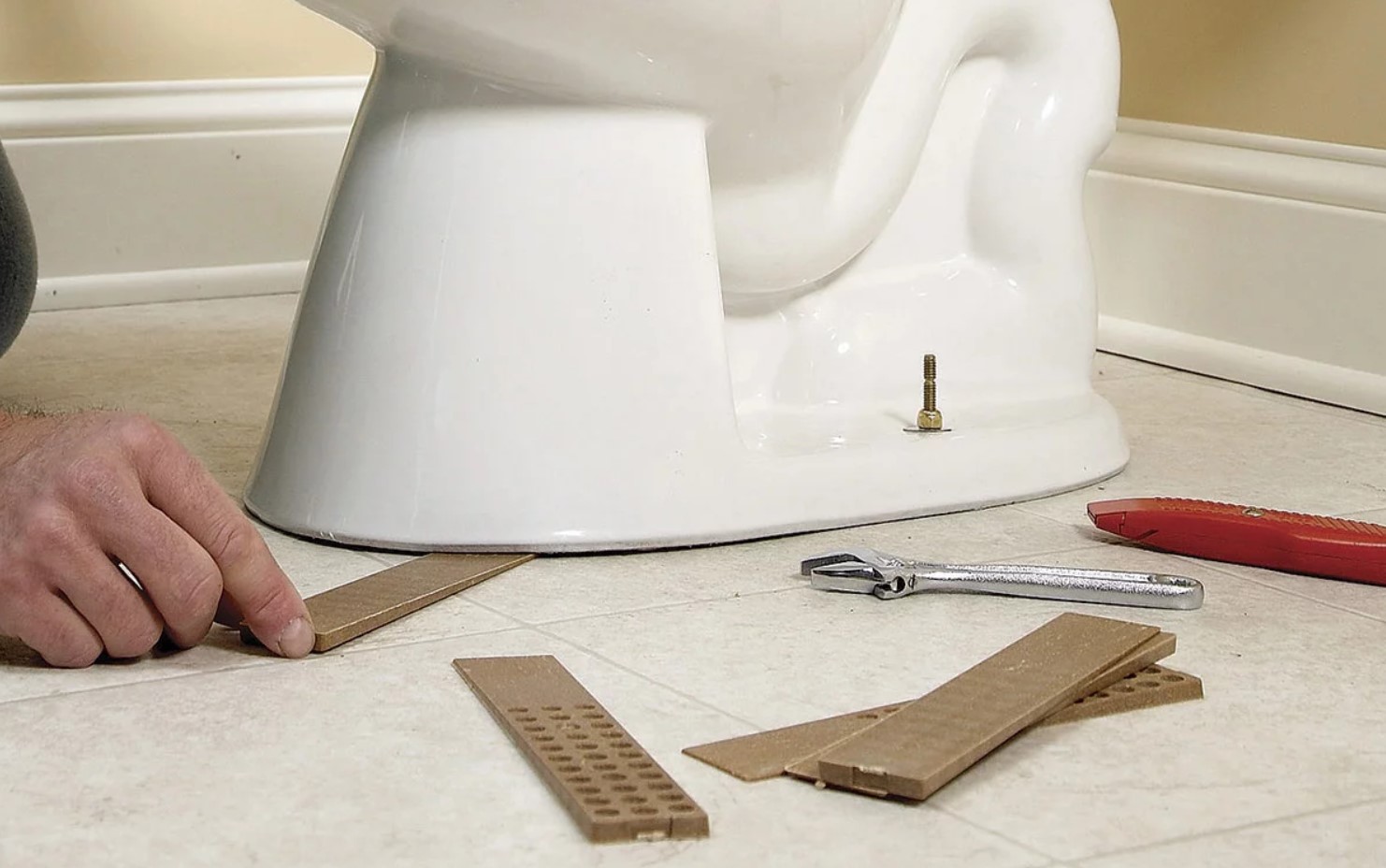
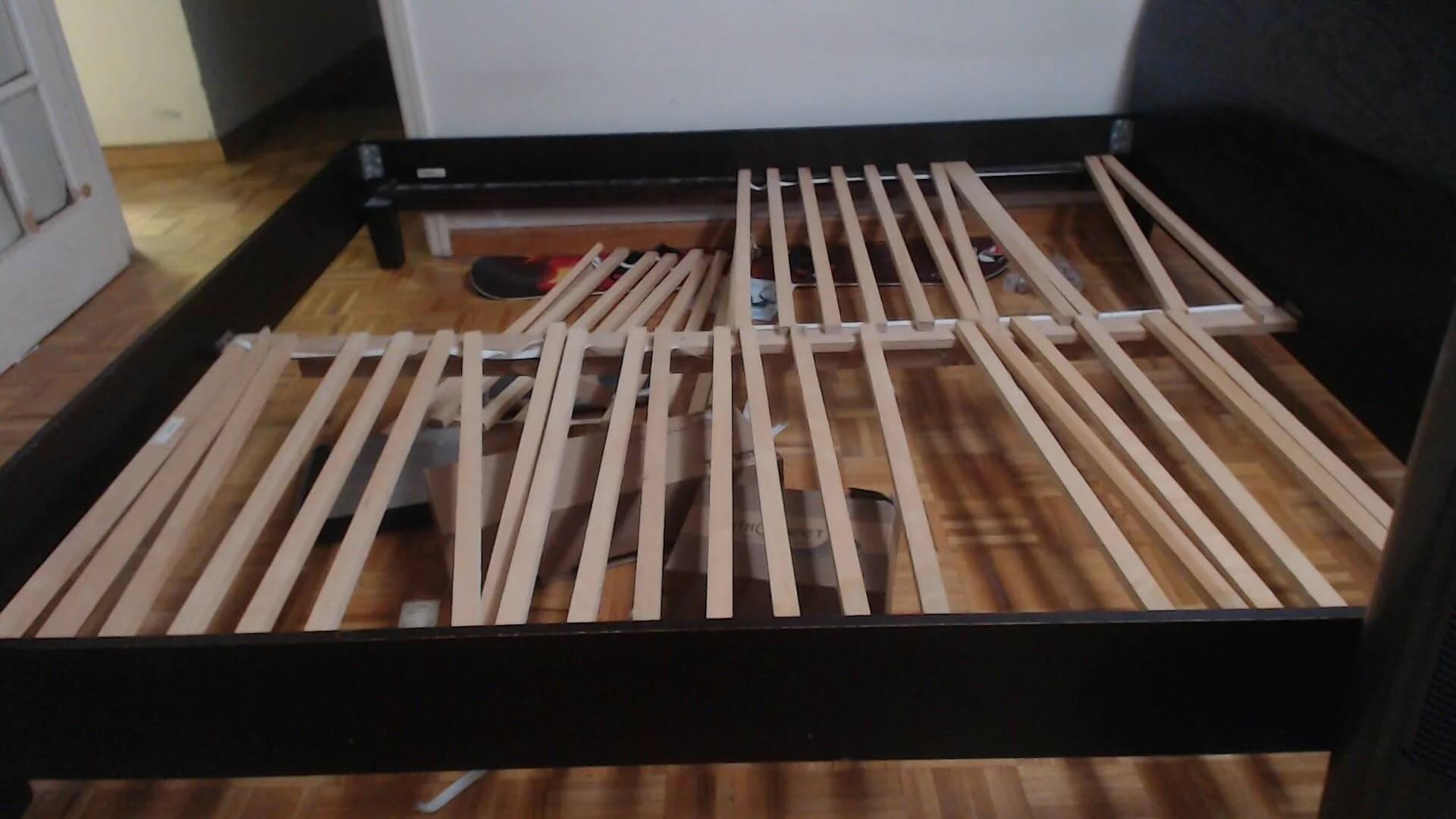
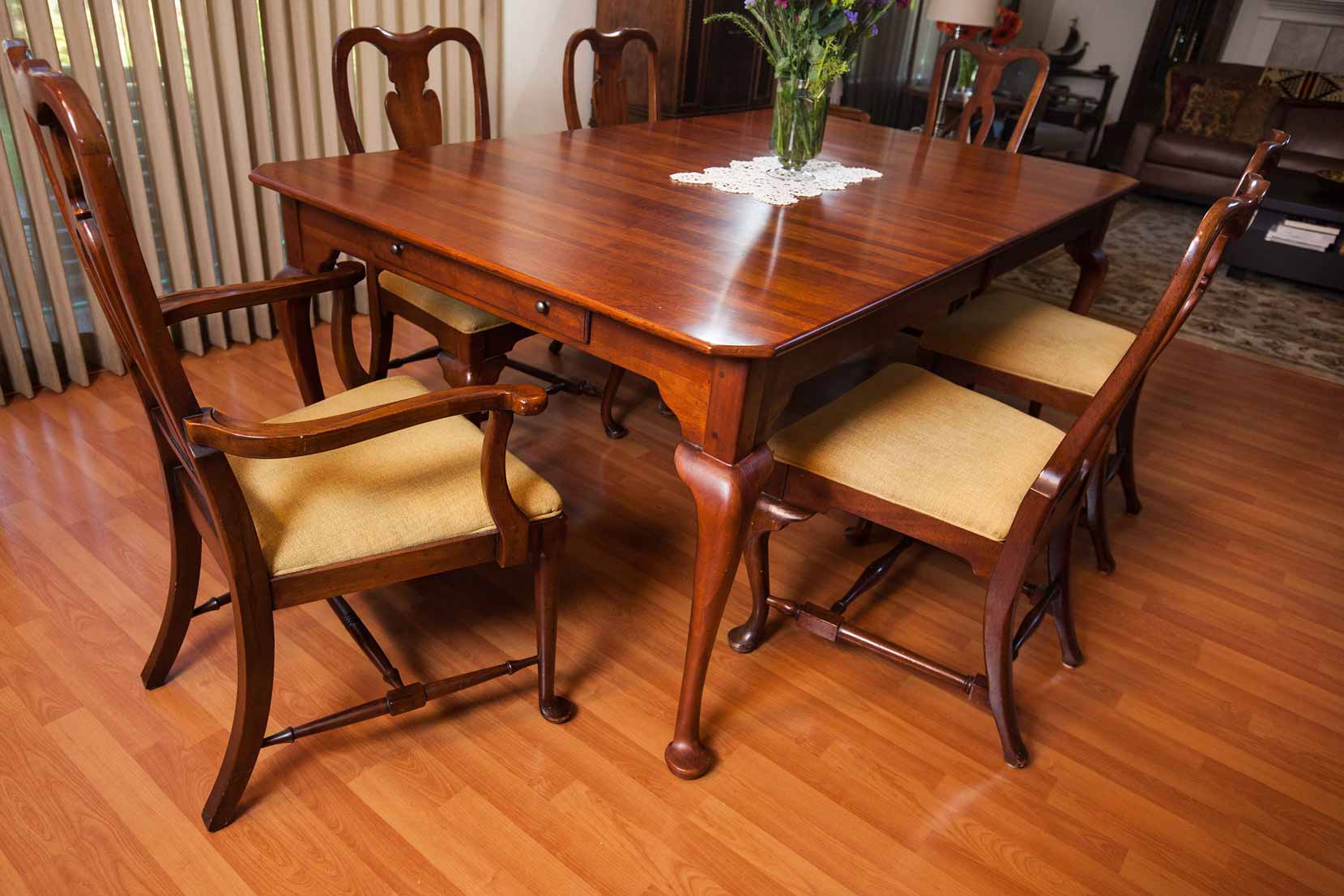
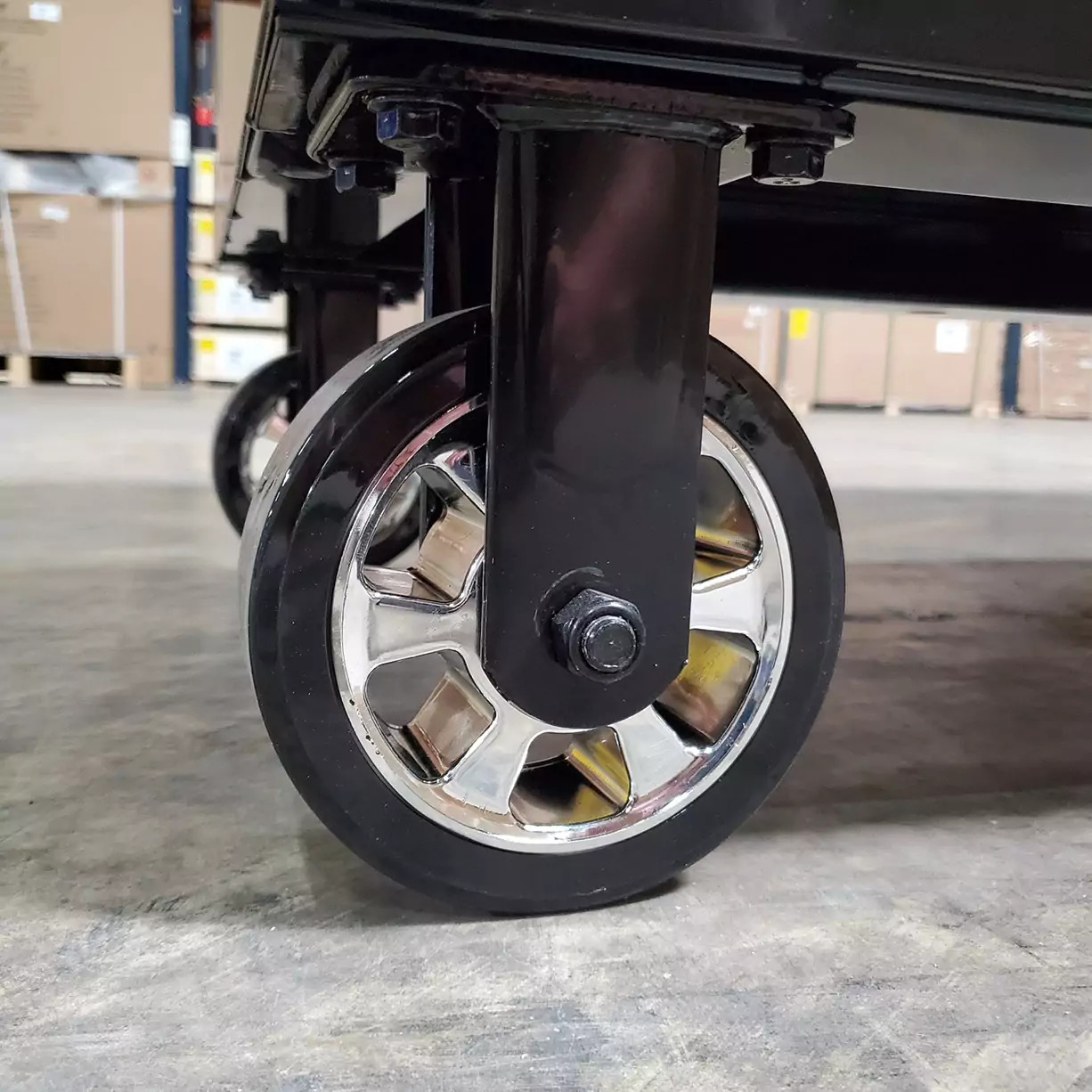
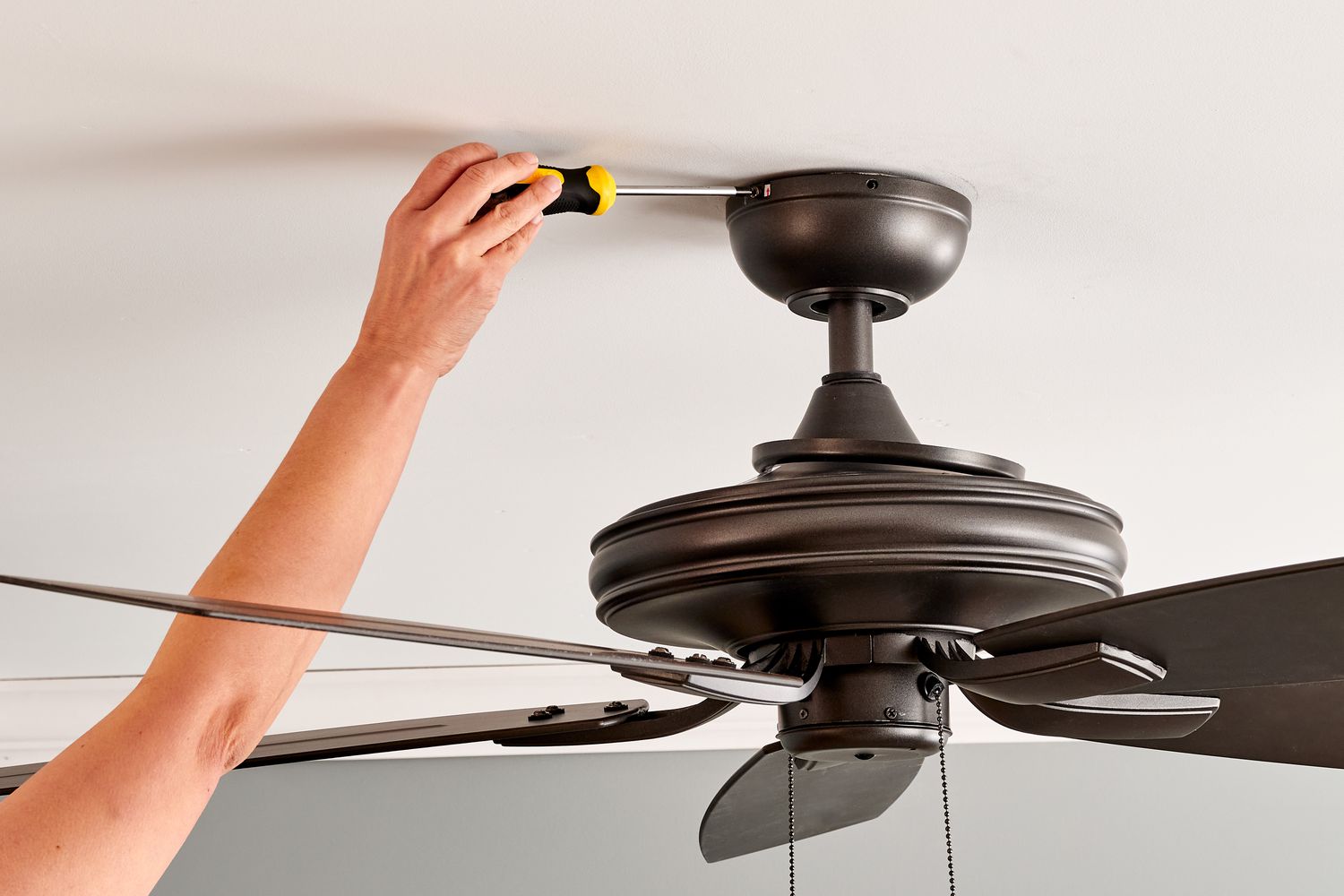
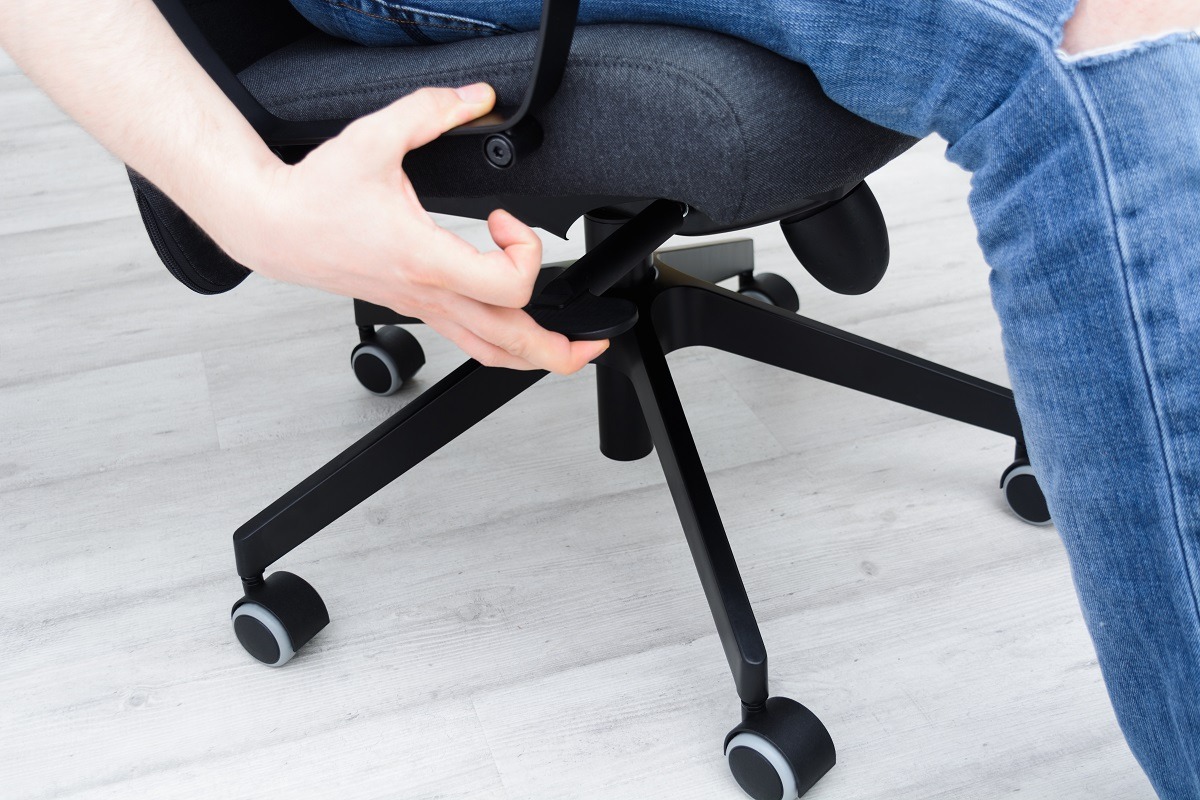
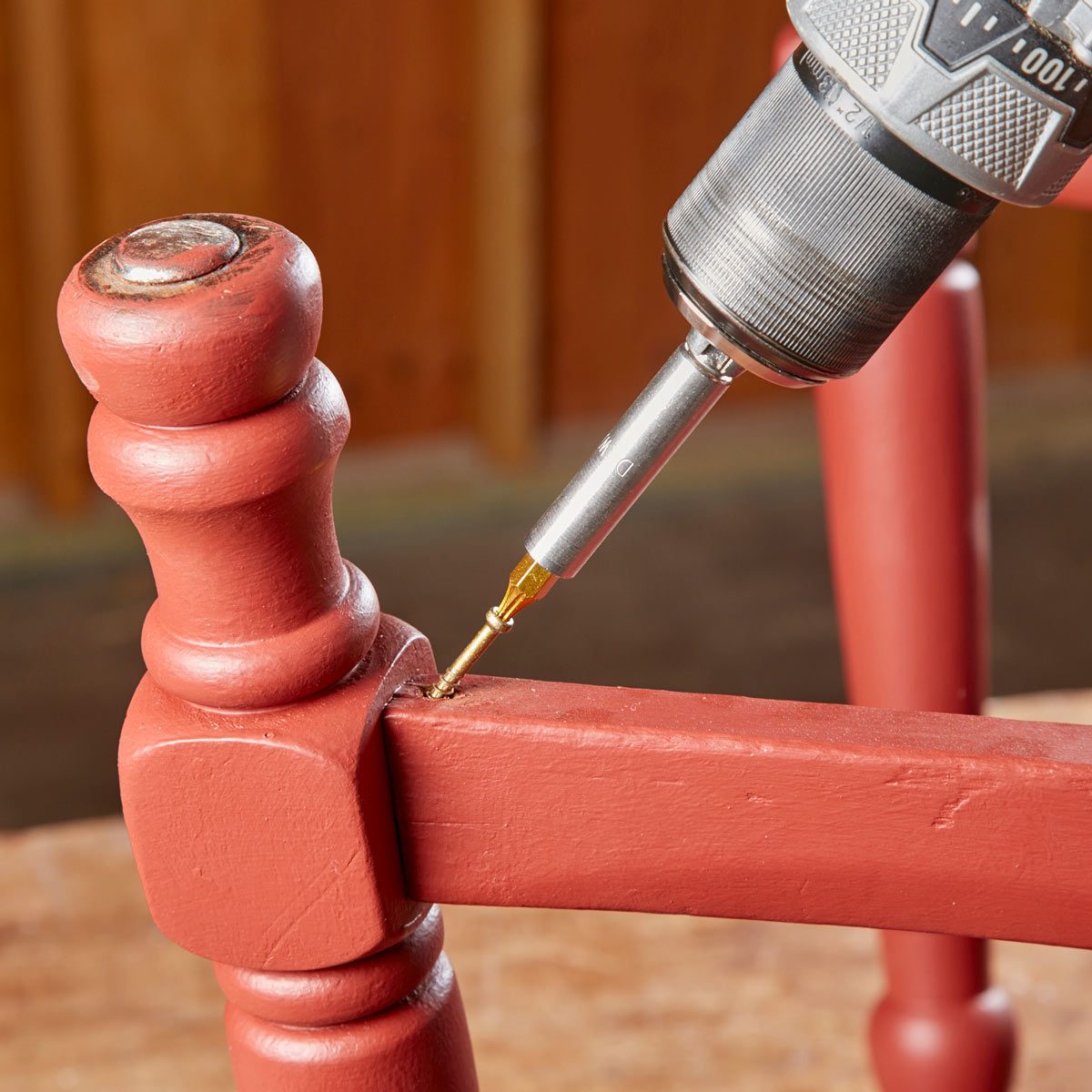


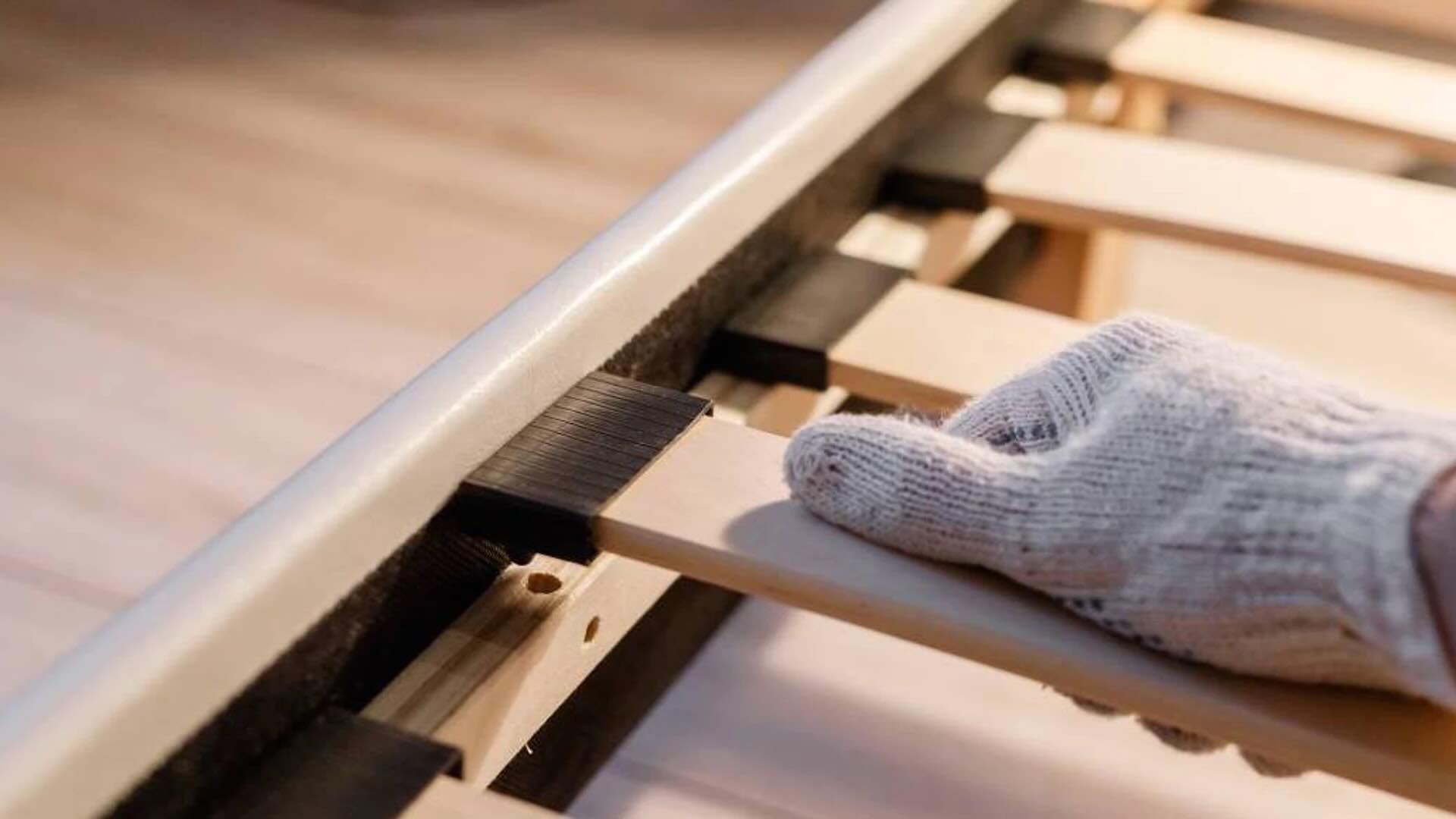
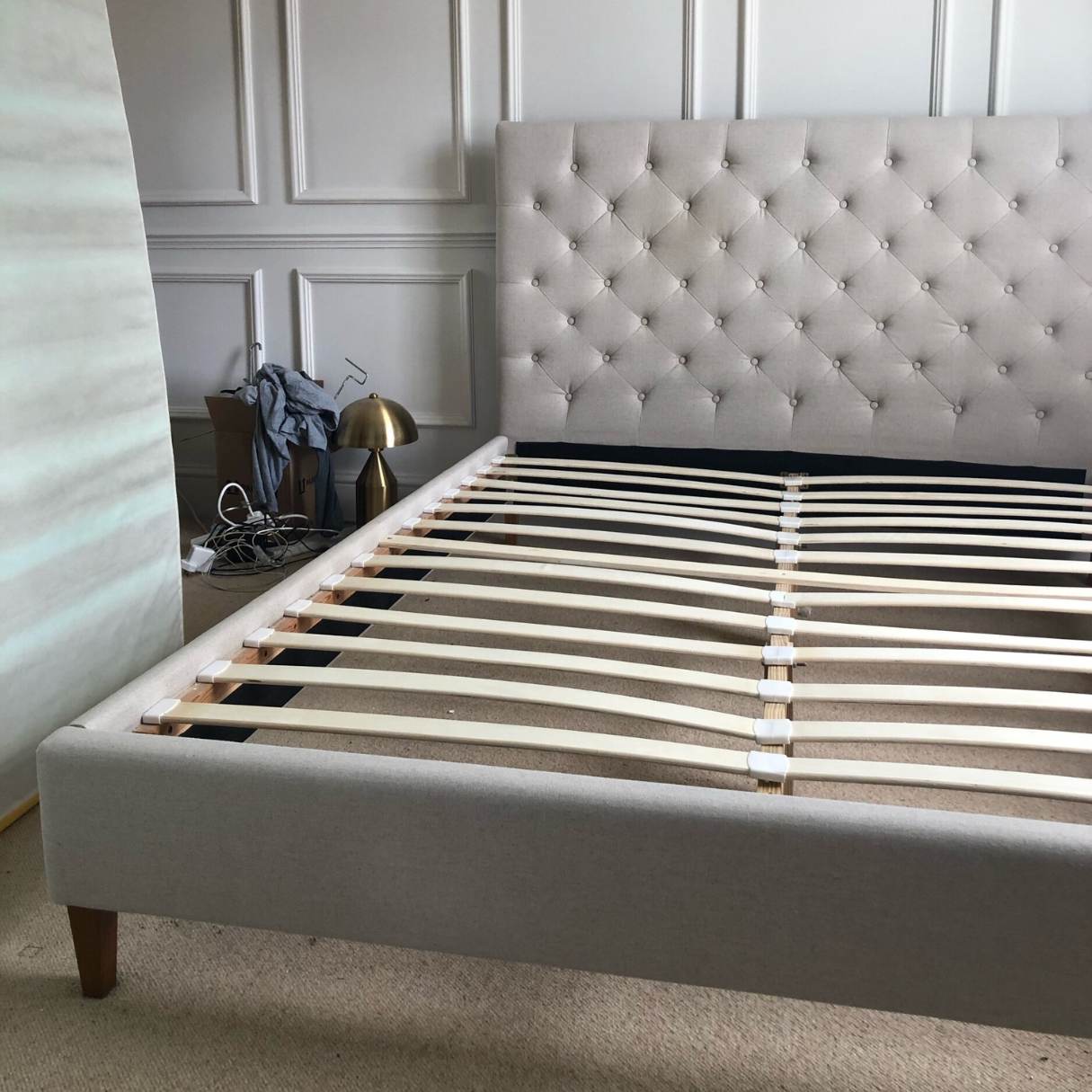
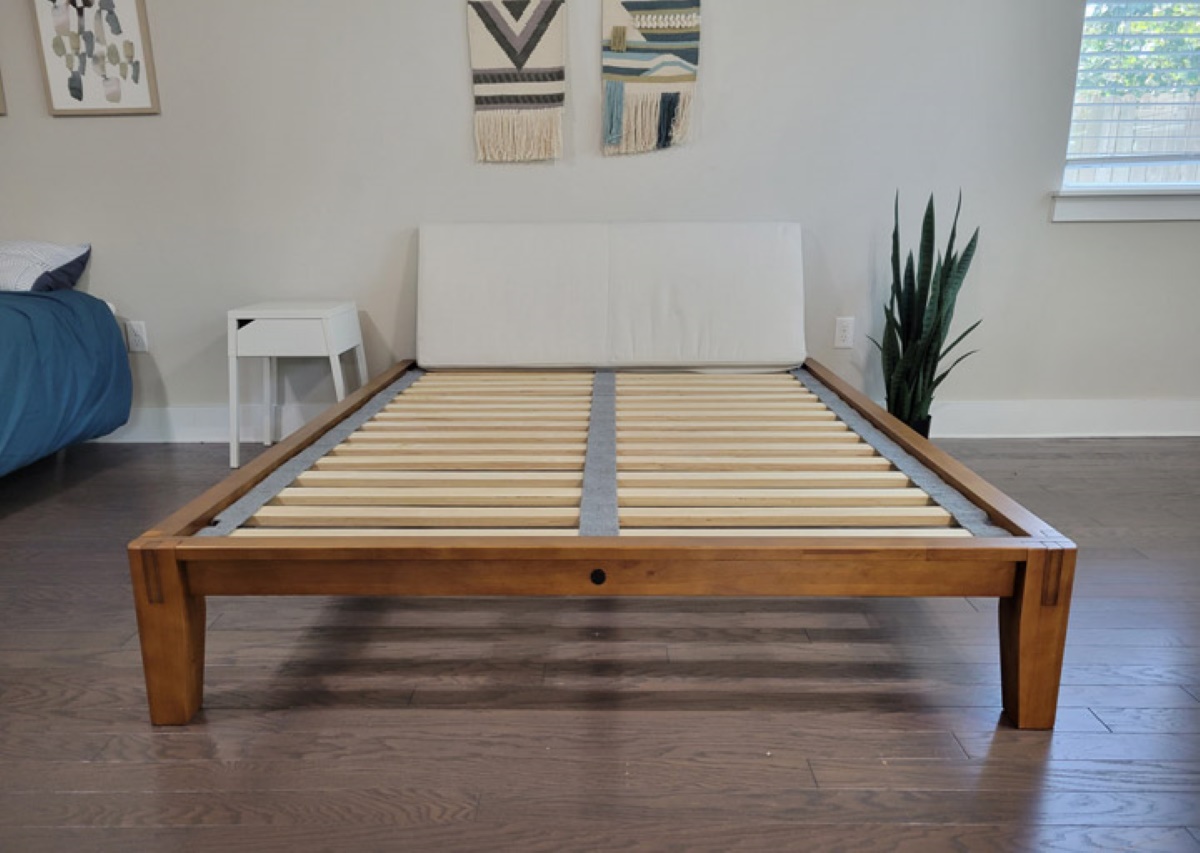

0 thoughts on “How To Fix A Wobbly Bed Frame”